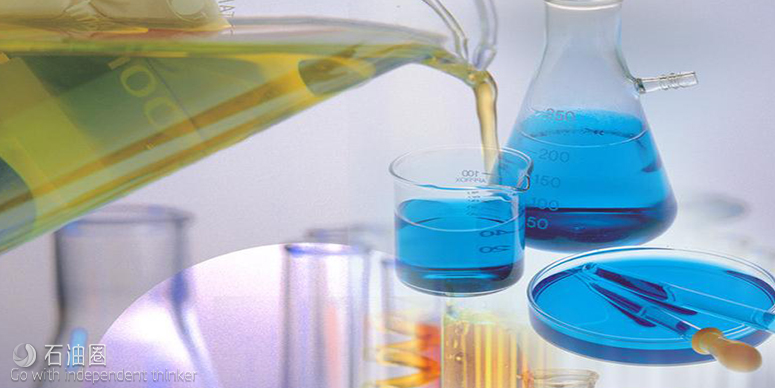As the development of unconventional reservoirs in North America has increased, hydraulic fracturing operations have evolved. Today, operators are looking for efficiency gains, not just from equipment, but across the entire fracturing value chain to drive down costs, reduce cycle times and improve well performance.
One area that cannot be overlooked is the role played by fracturing fluid systems. Efficiency is driving the demand for innovative fluids that can be tailored to specific well conditions and operating environments. The days of using one completion design on multiple wells is fading, in favor of a customizable approach. The challenge becomes determining which formula works for the wells in a given field.
To test this methodology, a study of completion fluid designs was conducted that compares operations and production across several pads in Gonzales and Lavaca counties, in the Eagle Ford basin. Specifically, the operator was looking for a flexible completion fluid design that would allow field personnel to complete more stages with less shutdowns and screen-outs.
The study found that the use of a tunable friction reducer provides functionality, similar to multiple completion fluid systems, such as slickwater, a high-viscosity friction reducer (HVFR) and linear gel with a single additive, providing operational efficiencies, economic advantages and increased production.
CONVENTIONAL SLICKWATER FRACTURING
The fluid design examination began with the operator using a traditional slickwater hybrid treatment design. Slickwater treatments became popular, because of their proven ability to produce a more complex fracture network, particularly in low-permeability reservoirs.
Slickwater systems contain non-viscous, un-crosslinked fluids that enable high pumping rates to carry, and place, proppant deeper into the formation. Pumping rates of 100 bbl/min. are common, and these high-pressure pumping rates help to stimulate more rock and create complex fracture networks.
The drawbacks of this system include the need for larger volumes of water, which require more horsepower to maintain the high pumping rates and limitation on sand loading. Conventional slickwater treatments do not always get the proppant deep enough into the fracture network and the lack of polymer breakability can lead to reduced flowback capabilities, formation and proppant pack damage.
To offset the increased horsepower, slickwater typically consists of friction reducers that are designed to provide drag reduction. In slickwater designs where conventional friction reducers are inadequate, subsequent HVFR and linear gel designs are utilized. More recently, HVFRs have seen increased usage because of the improved proppant carrying capabilities; however, the use of friction reducers, together with linear or crosslinked guar, has traditionally introduced increased treatment cost and operational complexity.
For the study, the operator completed ten stages with the slickwater hybrid treatment. It required an additional linear gel to achieve the extra viscosity needed to effectively place the proppant. After finishing the stages, the operator was experiencing NPT, shutdowns and screen-outs, due to reservoir properties that were difficult to break down, along with higher surface treating pressures.
TUNABLE TECHNOLOGY
When the operator approached BJ Services, the company proposed a tunable friction reducer that provides the ability to run at reduced concentrations.
The purpose of tunable technology is efficiency. Tunable friction reducers are polymers that enable adjustments to the fluid properties in real time. They are a one-fluid solution, as concentration levels can be tuned to achieve the desired outcome. They have a much higher molecular weight than guar or guar derivatives; therefore, they can be used at very low concentrations to achieve drag reduction while minimizing horsepower requirements. It can be run at half the concentration of conventional friction reducers while providing the same level of drag reduction.
As mentioned, most friction reducers do not have sufficient viscosity for proppant transport, so HVFRs are used. With a tunable friction reducer, by simply increasing the concentration, it produces sand transport capability, equal to HVFR and linear gel. This versatility provides greater flexibility for rapid design changes, and it also can reduce NPT related to operational issues (equipment maintenance, failures, etc.) caused by having to use a gel hydration unit by adjusting the concentration on the fly. Another aspect of the tunability is to ensure flowback capability. This tunable friction reducer is engineered with breakable linkages along the polymer’s backbone. Current conventional friction reducers are predominantly polymers with carbon-carbon backbones, which are difficult to break, even in the presence of an oxidizer breaker.
By controlling how the chemistry behaves, to precisely break the polymer’s molecular structure, the smaller molecules allow for easier flowback, with little to no proppant pack or formation damage, giving almost 100% regain of permeability. It leaves no residue polymer or polymer fragments on the fracture surface or in the proppant pack, which helps maximize production.

 石油圈
石油圈
